How to use a Samsung dishwasher?
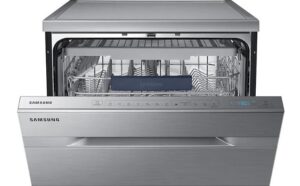 In order for your kitchen assistant to continue to delight you with the quality of its work for many years, you need to use your Samsung dishwasher correctly. After all, irresponsibility and careless attitude towards equipment on the part of the owners often leads to premature failures and breakdowns. We'll tell you how to use PMM in such a way as to avoid unpleasant consequences.
In order for your kitchen assistant to continue to delight you with the quality of its work for many years, you need to use your Samsung dishwasher correctly. After all, irresponsibility and careless attitude towards equipment on the part of the owners often leads to premature failures and breakdowns. We'll tell you how to use PMM in such a way as to avoid unpleasant consequences.
Procedure for using PMM
The instructions for using absolutely any PMM say that you cannot load dishes into the dishwasher for the first time. You must first perform a test idle run. What is the reason for this need?
- During assembly, so-called industrial contamination remains inside the dishwasher: from traces of oil and dust to dirt and bacteria from the hands of those who assembled the dishwasher. It is not wise to place something with which we eat into a dirty chamber, so the insides of the PMM need to be thoroughly rinsed.
- The second purpose of the idle start is to check the functionality of the PMM. Observe whether the machine goes through all stages of washing without problems, and how well the installation and connection are done. Only after making sure that everything works as it should, can you operate the PMM in full.
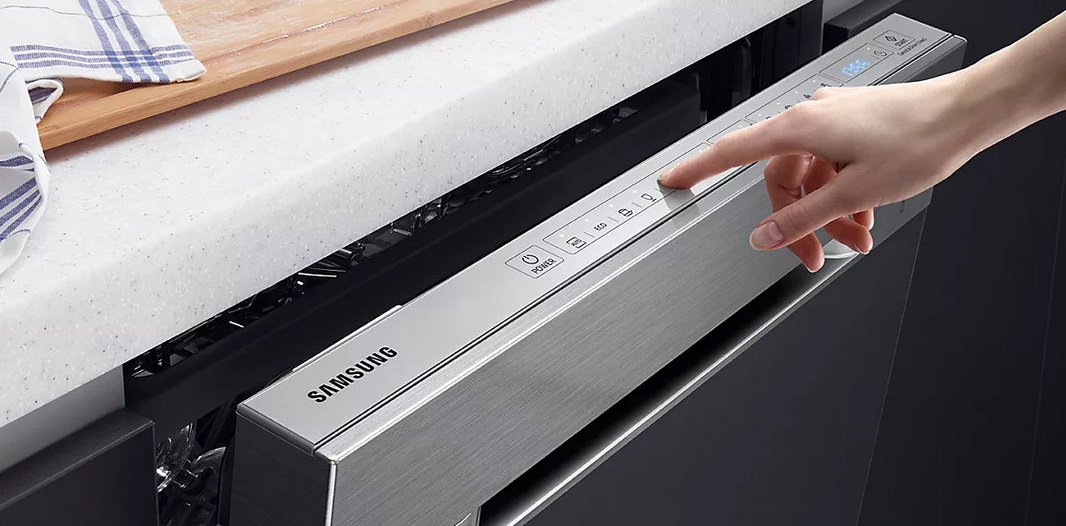
When the check is successful, you can load cutlery and other utensils into the basket. After this, be sure to check whether softening salt is placed in the special bunker (if not, add it). Then it’s just a matter of small things: add all the products, select a program and start the wash. Don't forget to close the dishwasher door tightly!
How to lay the dishes so they can be washed?
Yes, of course, a dishwasher is positioned as a technique that can wash dishes many times better than a human can do. However, many users complain about the poor quality of the wash and claim that they could have done it just as well, so why do they need such a “low-quality” dishwasher? But the whole point may be that the dishes were loaded into the chamber incorrectly. Follow the recommendations and you will be happy.
Important! As for Samsung dishwashers, most of them consist of two large trays for dishes and a small container for forks, spoons, knives, etc.
The purpose of the upper basket is plates, cups, saucers and other small utensils, intended mainly for eating. Usually the optimal position of this shelf is set by default, but if it is possible to adjust it, make sure that the water evenly treats the entire cavity of the chamber.
The lower basket is naturally designed for larger tableware. As a rule, things with which food is prepared are placed there: pots, cauldrons, frying pans, baking sheets, as well as large plates and dishes. Most models are equipped with special holders that increase the usable space inside the basket, and folding racks. Folding the racks gives you a nearly flat area for large items. However, remember that raised racks help distribute dishes evenly in the chamber.
The cutlery tray is a small wire basket for forks, spoons and knives. However, some luxury PMMs are equipped with special aluminum containers for silver devices.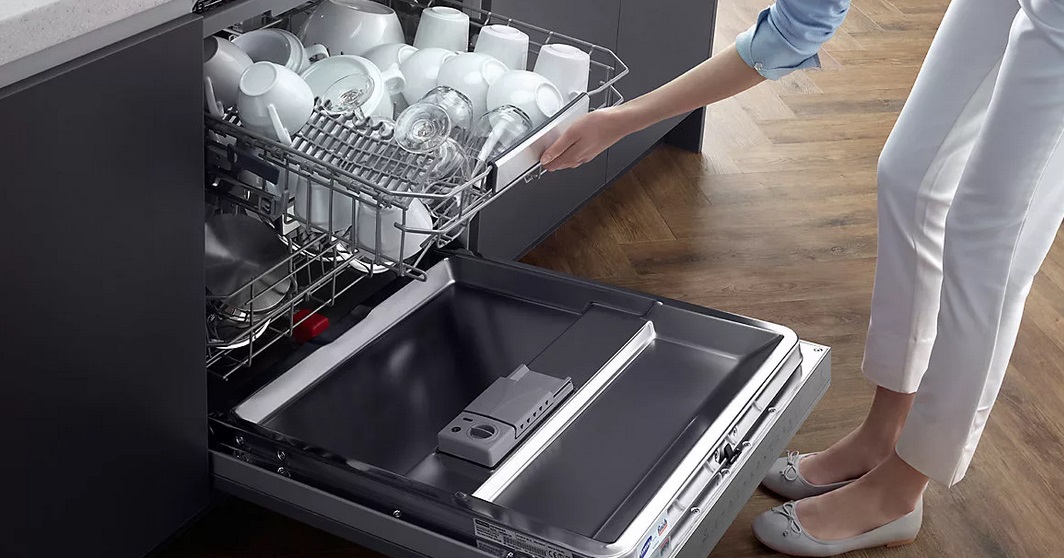
Here are some more tips on how to properly load dishes into the dishwasher basket.
- To avoid filter clogging, remove any remaining food or other items from the basket before loading dishes into the basket. The dishwasher removes grease and dirt, but it will be more difficult for it to deal with a piece of napkin.
- If you are the owner of a dishwasher without a pre-soak function, we recommend one way to improve the quality of washing and at the same time reduce water and energy costs. If the dishes are very dirty, rinse them under hot water before turning on the sink. A powerful jet of high temperature will rid the dishes of excess grease, dirt and food, and the load on your PMM as a result of such actions will be significantly reduced.
- For your convenience, it is recommended to load the lower basket first and then the upper basket.
- Follow the rule: the larger the dishes, the farther from the center they should be located. Conversely, place smaller items closer to the middle.
- Place deep plates with the outer side towards the periphery.
- If you place dishes in holders, check for gaps between items. Plates placed close to each other are extremely difficult to wash properly.

- Mugs, glasses and cups are placed in the basket upside down, otherwise water will fill and then remain in them.
- Fragile items, such as glasses and wine glasses, should be placed separately from all other utensils. If there is active contact with neighbors during washing, fragile objects may not hold up and break.
- Place cutlery in the tray with the handle up and the active side down so that the water drains better.
- If you have an idea to wash very dirty pots, pans, baking sheets and relatively clean mugs and glasses at the same time, it is better to abandon it. Wash dirty dishes separately, wash almost clean ones separately.
- Place pans and pots, like other deep objects, with the inside facing down.
- Place the baking sheets sideways so that they do not prevent water from entering the upper levels of the chamber.
Attention! And the most important rule for loading a dishwasher is don’t upset the balance. Do not stuff as many items into the chamber as it cannot accommodate and wash, and do not pile up dishes in the basket.
Remember that the water should freely wash all surfaces of every plate, every glass and every spoon. Otherwise, washing will be of no use: you will get back dirty, slightly wet dishes, and even with traces of undissolved detergent. Also make sure that the dishes do not interfere with the rocker arms that spray water from rotating around their axis.
We take care of PMM correctly
Firstly, after each cycle (especially if the dishes were very dirty), you need to remove the filter, which is located in the lower part of the PMM above the drain hole, and rinse it under running water. Residues of food and other excess may also settle under the sealing rubber, and they also need to be removed from there.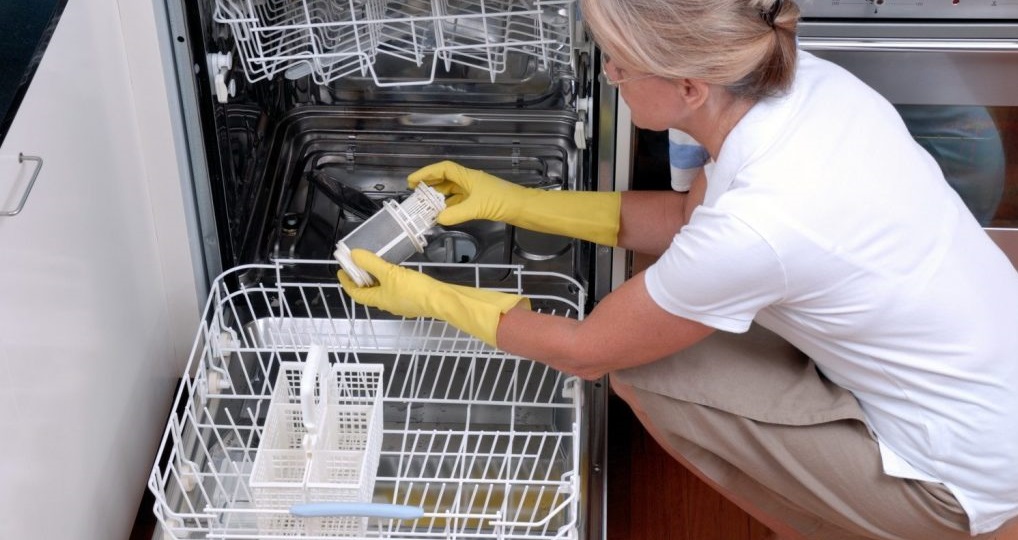
Secondly, ensure uninterrupted removal of moisture from the PMM chamber. After washing, wipe the inside walls with a napkin and always leave the door open for a while. This will ensure that the camera is completely dry and there are no odor problems.
As you use the dishwasher, scale will inevitably form. At least in its most remote corners that come into contact with water (hoses, for example).To solve this problem, it is enough to carry out a thorough cleaning once a quarter using the most common and inexpensive descaling agent.
Interesting:
Reader comments
- Share your opinion - leave a comment

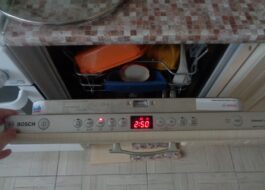

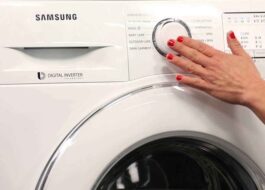

















Add a comment